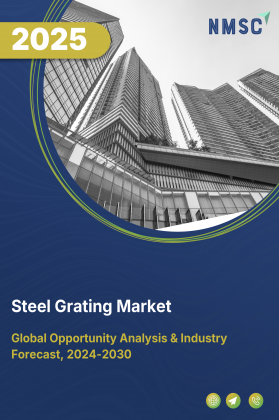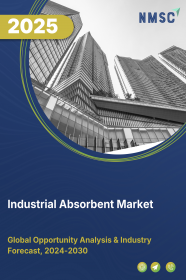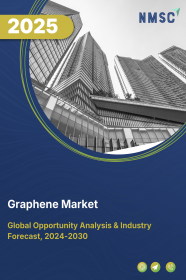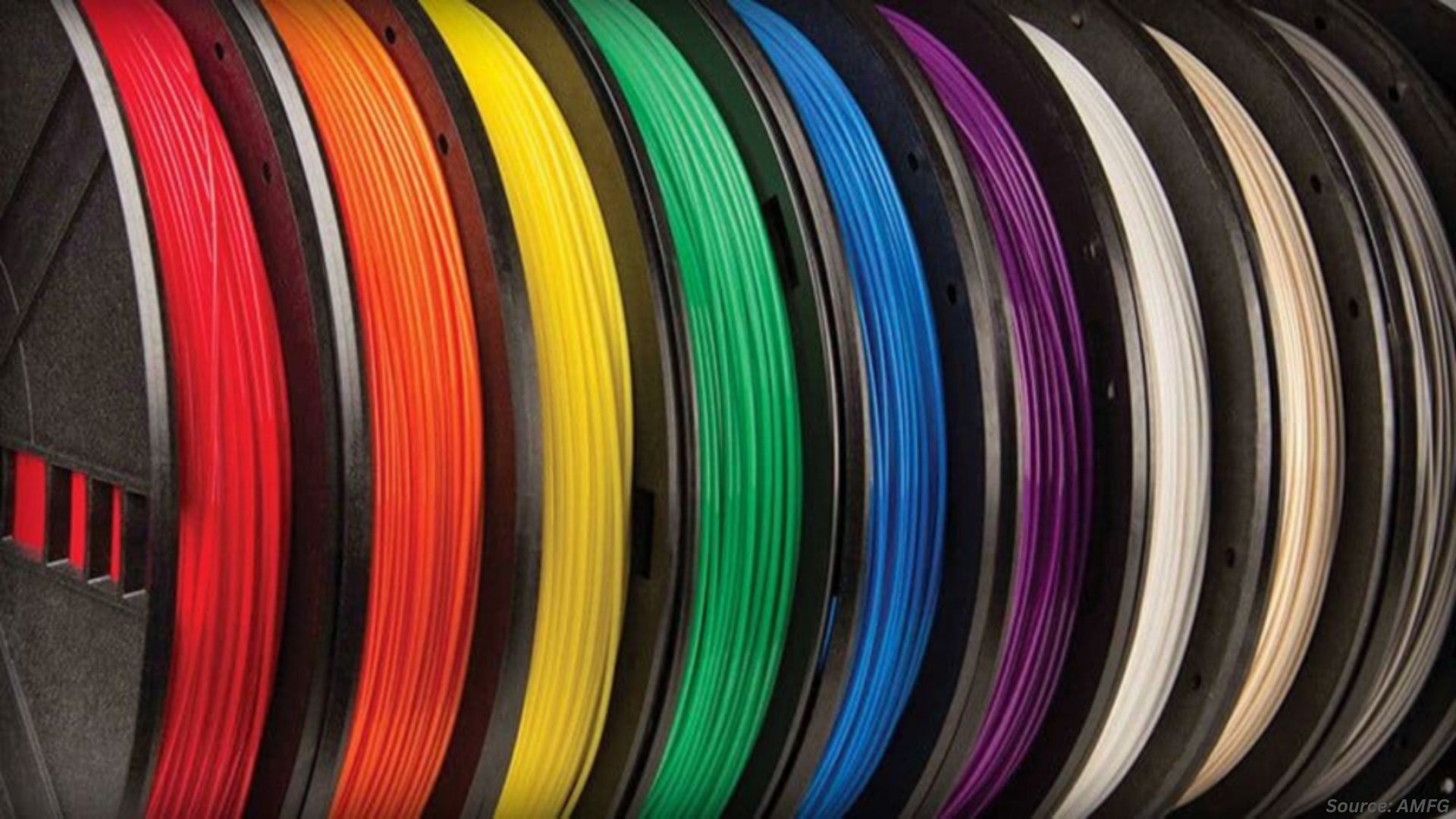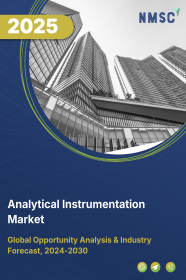
Analytical Instrumentation Market by Instrument Type (Spectrometers, Chromatographs, Microscopes, Analyzers, pH Meters & Titrators and Others), by Technology (Spectroscopy, Chromatography, and Others), by Operation (Manual Instruments, Automated Instruments and Hybrid Systems), by Application (Research & Development, Quality Control & Assurance and others), and by End-User Industry (Pharmaceuticals, and Others)– Global Opportunity Analysis and Industry Forecast 2024-2030.
Market Definition
The Analytical Instrumentation Market size was valued at USD 52.99 billion in 2023 and is predicted to reach USD 73.41 billion by 2030 with a CAGR of 4.8% from 2024-2030.
The analytical instrumentation market refers to the industry involved in the manufacturing, development, and sale of instruments and devices used for analyzing and measuring the composition of various substances such as chemicals, biological samples, and materials. The analytical instrumentation covers a wide range of devices such as spectrometers, chromatographs, mass spectrometers, pH meters, sensors, and others which play significant roles in analyzing product constituents in different industries. These instruments are widely employed in scientific research, quality control, and process monitoring across diverse sectors such as pharmaceuticals, food and beverage, petrochemicals, healthcare, and others.
Market Dynamics and Trends
The surging emphasis on maintaining food quality and standards by the food standardization authorities such as the Food Safety and Standards Authority of India, the International Organization for Standardization, and others increases the demand for analytical instrumentation.
The authorities use various methods such as chromatographic techniques, hyphenated techniques, spectroscopic techniques, and others to maintain the standard quality, nutrition content, and other vital components. Thus, the emphasis on maintaining high standards of food products contributes significantly to the growth of the analytical instrumentation market.
Moreover, the demand for analytical instruments is growing due to the increase in drug discovery and development activities in the pharmaceutical and biotech sectors. These instruments are crucial for understanding the characteristics of compounds, checking the effectiveness of drug formulations, and ensuring the quality and safety of pharmaceutical products. Thus, the increase in drug discoveries increases the adoption of analytical instrument which in turn boost the market growth.
However, the high expenses associated with acquiring and maintaining analytical instrumentation for small enterprises and organizations acts as a restrain to the expansion of the market. On the other hand, the introduction of advanced analyzing instruments equipped with cutting-edge sensing technologies that can analyze components more precise manner with the highest efficiency is expected to create opportunities for the market in the future.
For instance, Thermo Fisher Scientific launched the Orbitrap Astral mass spectrometer, this technology offers fast results, high sensitivity, and deep proteome coverage, enabling researchers to detect proteins that were previously challenging to identify. This enhancing efficiency of analytical instrumentals to analyze components is expected to propel the growth of the market in the future.
Market Segmentations and Scope of the Study
The analytical instrumentation market share is segmented on the basis of product type, technology, application, end-user, and region. On the basis of product type, the market is divided into chromatography instruments, molecular analysis instruments, spectroscopy instruments, mass spectroscopy instruments, analytical microscope, and others. On the basis of technology, the market is segmented into spectroscopy, chromatography, particle analysis, polymer chain reaction, and others. On the basis of application, the market is bifurcated into cancer & geonomics research, drug discovery, trace analysis, drilling fluid analysis and others. On the basis of end-user, the market is further bifurcated into health sector, oil & gas, material science, food testing, water & wastewater, petrochemical, and others. Geographic breakdown and analysis of each of the aforesaid segments includes regions North America, Europe, Asia-Pacific, and RoW.
Geographical Analysis
North America holds the dominant share of the analytical instrumentation market at present and is expected to continue its dominance during the forecast period. The notable rise in government funding for healthcare facilities, including research labs, clinical chemistry labs, hematology labs, and others boosts the market growth.
According to the latest report published by the U.S Centers for Medicare &Medical Services, in December 2023, the national health expenditure in the USA increased by USD 4.5 trillion in the year 2022 which accounts for 17.3% of the total GDP of the state.
Moreover, the presence of major companies such as Agilent Technologies Inc., Exum Instruments, Inc., Wasatch Photonics, Inc., Bruker Corporation, Aurora Biomed Inc., and Waters Corporation among others, which operates in the region is driving the market in the North American region.
These companies are undertaking strategic initiatives, making substantial investments in research and development, and as a result driving the growth of the market. For instance, in October 2023, Bruker Corporation launched the Hysitron TI 990 TriboIndenter, a nanomechanical testing system. The system is designed to address the needs of polymer research, alloy development, and semiconductor device characterization.
The TI 990 is designed to provide comprehensive nanomechanical and nanotribological characterization, with the ability to test a wide range of materials, from ultra-thin hard films to soft hydrogels. These innovative advancements of the company to launch advanced analytical products are expected to influence the growth of the market.
On the other hand, the Asia Pacific region is showing a steady rise in the analytical instrumentation market due to the rise in the food & beverages sector in the region coupled with an increase in exports of food products.
According to a report published by APEDA Agri Exchange, in April 2023, the ready-to-eat (RTE) food market in India is expected to increase by $751.43 million between 2022 and 2026, with a growth rate of 18.63%. This increase in food production raises concerns about managing the standard quality of processed food, thus increasing the demand for analytical instruments.
Moreover, the rise in chemical and petrochemical industries in the Asia pacific region is further propelling the growth of the market. Analytical instruments such as spectrometers and chromatographs are used in these industries to assess the quality of raw materials, intermediates, and to ensure that they meet industry standards.
According to the latest report published by Department of Chemicals & Petrochemicals, Government of India, in January 2024, the chemical and petrochemical (CPC) industry in India is worth 178 billion USD in the year 2023-24 which is anticipated to reach approximately 300 billion USD by the year 2025. This surging industry portrays growth for the market, due to its crucial role in ensuring the quality of products.
Competitive Landscape
The analytical instrumentation market trends comprising of various market players such as Agilent Technologies Inc., Exum Instruments, Wasatch Photonics, Bruker, BMG LABTECH, Aurora Biomed Inc., Avacta Life Sciences Limited, Malvern Panalytical Ltd., Waters Corporation, Eppendorf SE, McKinley Scientific, Mattler Toledo, Thermo Fisher Scientific, SPECTRO Analytical Instruments, Clarke Analytical Instruments, Advanced instruments, Hach, Teledyne Analytical Instruments, Labtron, Shimadzu Scientific Instruments, among others. These market players are adopting various strategies such as product approvals and product launches to maintain their dominance in the analytical instrumentation market.
For instance, in June 2022, Agilent launched LC/MS and GC/MS quadrupole mass spectrometers. The instrument is equipped with integrated instrument intelligence, streamlining laboratory task management while minimizing disruptions. These advancements are anticipated to enhance the analytical processes within the industry, leading to increased efficiency and thereby fostering market growth.
Moreover, In October 2022, Avacta Life Sciences Limited acquired Launch Diagnostics, one of the largest independent distributors of In Vitro Diagnostics (IVD) products in the UK. This acquisition will allow the parent company to expand the market and work on new and innovative diagnosis and analysis instruments, thus boosting the growth of the market.
Also, in February 2022, the BMG Labtech, launched the VANTAstar microplate reader, an analytical tool that measures various chemical, biological, or physical reactions, properties, and substances within the small wells of a microplate. This device analyses data within less effort coupled with improved data quality. These advancements and the introduction of new analytical tools is expected to grow the market.
Furthermore, in June 2023, Malvern Panalytical Ltd launched NanoSight Pro, which is equipped with Machine Learning and provides ultra-high-resolution measurements with three times faster results. The instrument employs machine learning and cutting-edge technology, including an upgraded temperature controller that allows stress and aggregation studies at temperatures up to 70°C.
Key Benefits
-
The report provides quantitative analysis and estimations of the analytical instrumentation market from 2024 to 2030, which assists in identifying the prevailing market opportunities.
-
The study comprises a deep-dive analysis of the analytical instrumentation market including the current and future trends to depict prevalent investment pockets in the market.
-
Information related to key drivers, restraints, and opportunities and their impact on the analytical instrumentation market is provided in the report.
-
Competitive analysis of the players, along with their market share is provided in the report.
-
SWOT analysis and Porters Five Forces model is elaborated in the study.
-
Value chain analysis in the market study provides a clear picture of roles of stakeholders.
Key Market Segments
By Instrument Type
-
Spectrometers
-
Chromatographs
-
Microscopes
-
Analyzers
-
pH Meters & Titrators
-
Others
By Technology
-
Spectroscopy
-
Chromatography
-
Electrochemical Technology
-
Microscopy
-
X-ray
-
Particle Analysis
-
Polymer Chain Reaction
-
Others
By Operation
-
Manual Instruments
-
Automated Instruments
-
Hybrid Systems
By Application
-
Research & Development
-
Quality Control & Assurance
-
Process Control & Monitoring
-
Diagnostic Testing
-
Environmental Monitoring
By End-User Industry
-
Pharmaceuticals
-
Healthcare & Clinical Laboratories
-
Food & Beverages
-
Environmental Testing
-
Chemical Industry
-
Academic & Research Institutions
-
Oil & Gas
-
Others
By Region
-
North America
-
The U.S.
-
Canada
-
Mexico
-
-
Europe
-
The UK
-
Germany
-
France
-
Italy
-
Spain
-
Denmark
-
Netherlands
-
Finland
-
Sweden
-
Norway
-
Russia
-
Rest of Europe
-
-
Asia Pacific
-
China
-
Japan
-
India
-
South Korea
-
Australia
-
Indonesia
-
Singapore
-
Taiwan
-
Thailand
-
Rest of Asia Pacific
-
-
RoW
-
Latin America
-
Middle East
-
Africa
-
KEY PLAYERS
-
Agilent Technologies Inc.
-
Exum Instruments
-
Wasatch Photonics
-
Bruker
-
BMG LABTECH
-
Aurora Biomed Inc.
-
Avacta Life Sciences Limited
-
Malvern Panalytical Ltd.
-
Waters Corporation
-
Eppendorf SE
-
McKinley Scientific
-
Mattler Toledo
-
Thermo Fisher Scientific
-
SPECTRO Analytical Instruments
-
Clarke Analytical Instruments
-
Advanced instruments
-
Hach
-
Teledyne Analytical Instruments
-
Labtron
-
Shimadzu Scientific Instruments
REPORT SCOPE AND SEGMENTATION:
|
Parameters |
Details |
|
Market Size in 2023 |
USD 52.99 Billion |
|
Revenue Forecast in 2030 |
USD 73.41 Billion |
|
Growth Rate |
CAGR of 4.8% from 2024 to 2030 |
|
Analysis Period |
2023–2030 |
|
Base Year Considered |
2023 |
|
Forecast Period |
2024–2030 |
|
Market Size Estimation |
Billion (USD) |
|
Growth Factors |
|
|
Countries Covered |
28 |
|
Companies Profiled |
20 |
|
Market Share |
Available for 10 companies |
|
Customization Scope |
Free customization (equivalent up to 80 working hours of analysts) after purchase. Addition or alteration to country, regional, and segment scope. |
|
Pricing and Purchase Options |
Avail customized purchase options to meet your exact research needs. |




















 Speak to Our Analyst
Speak to Our Analyst



